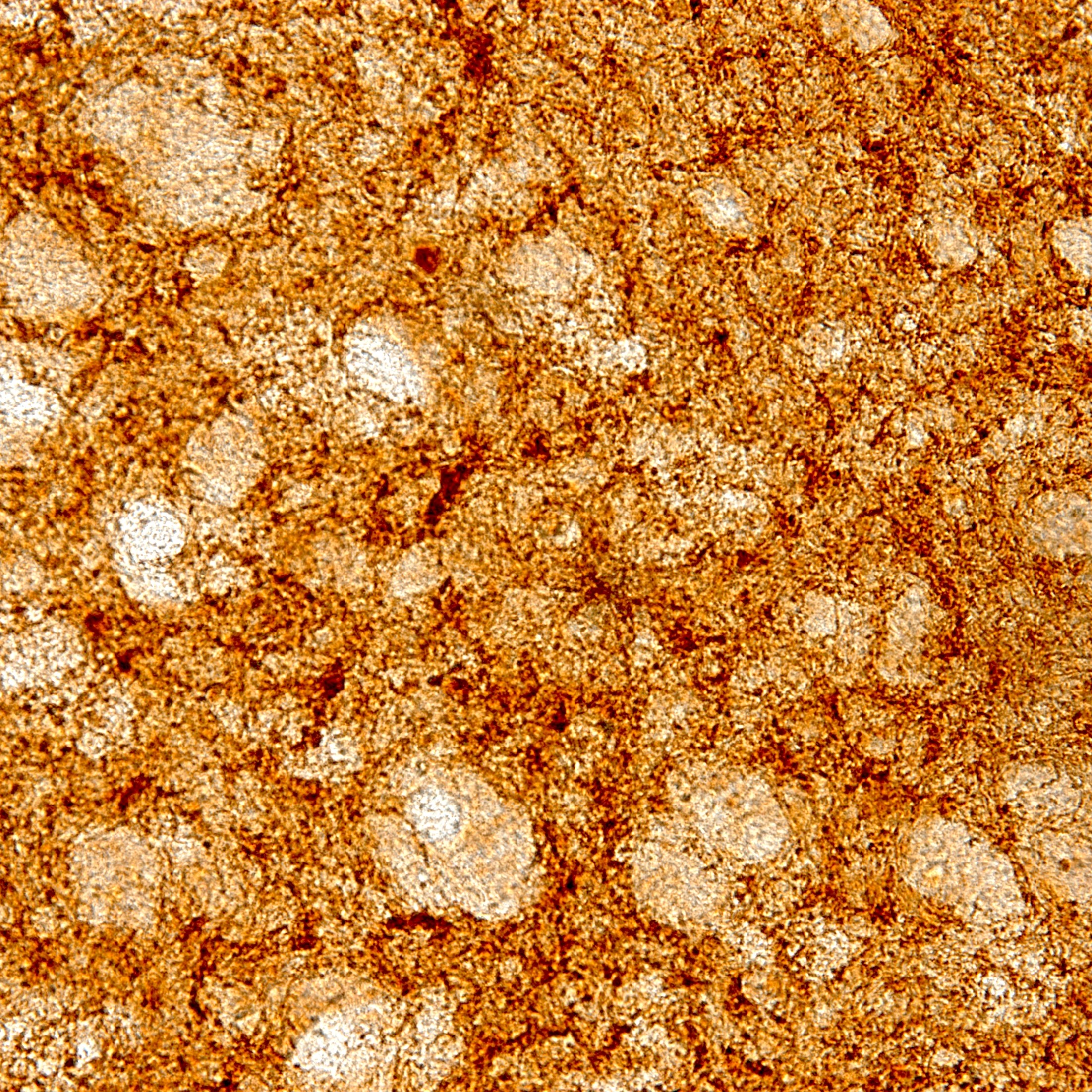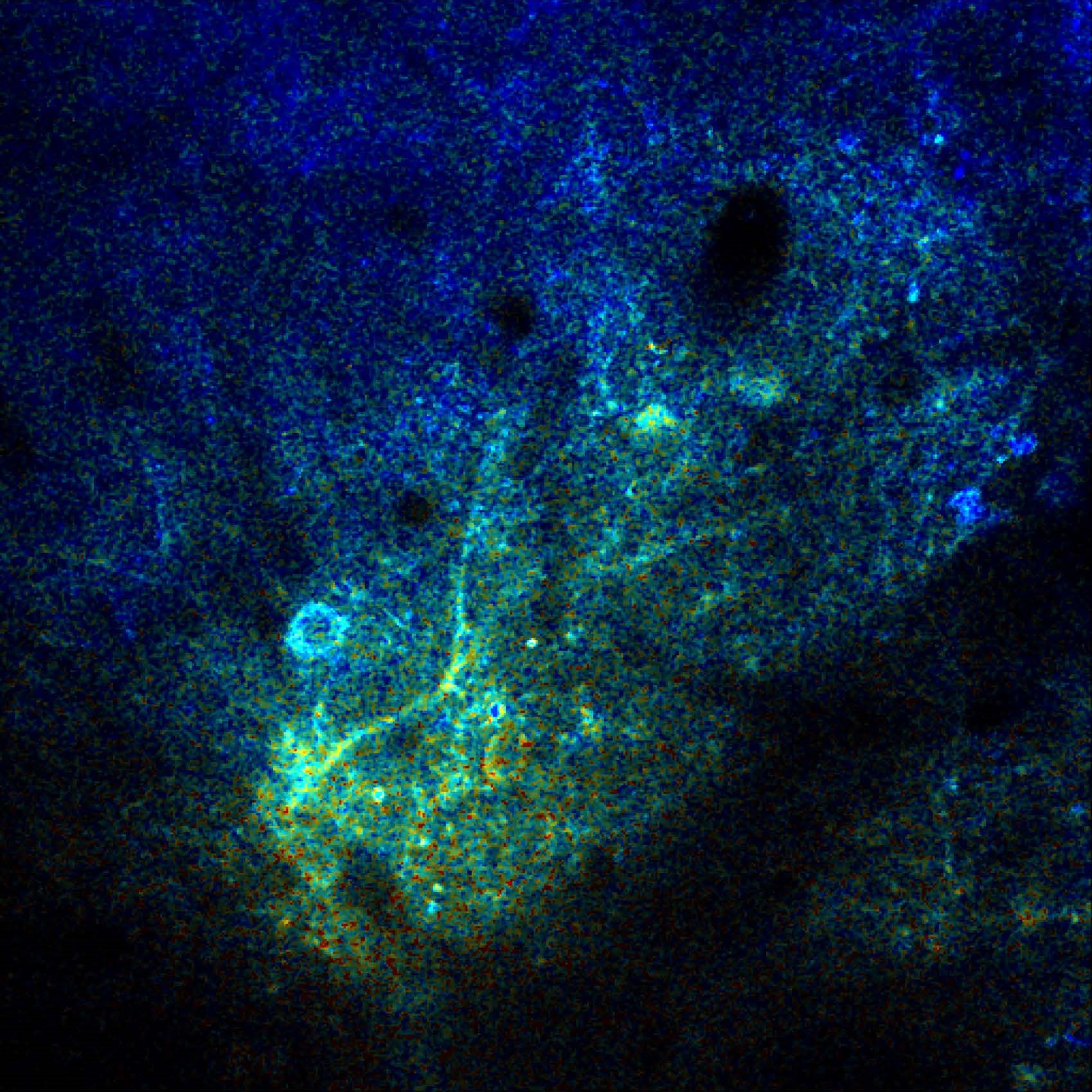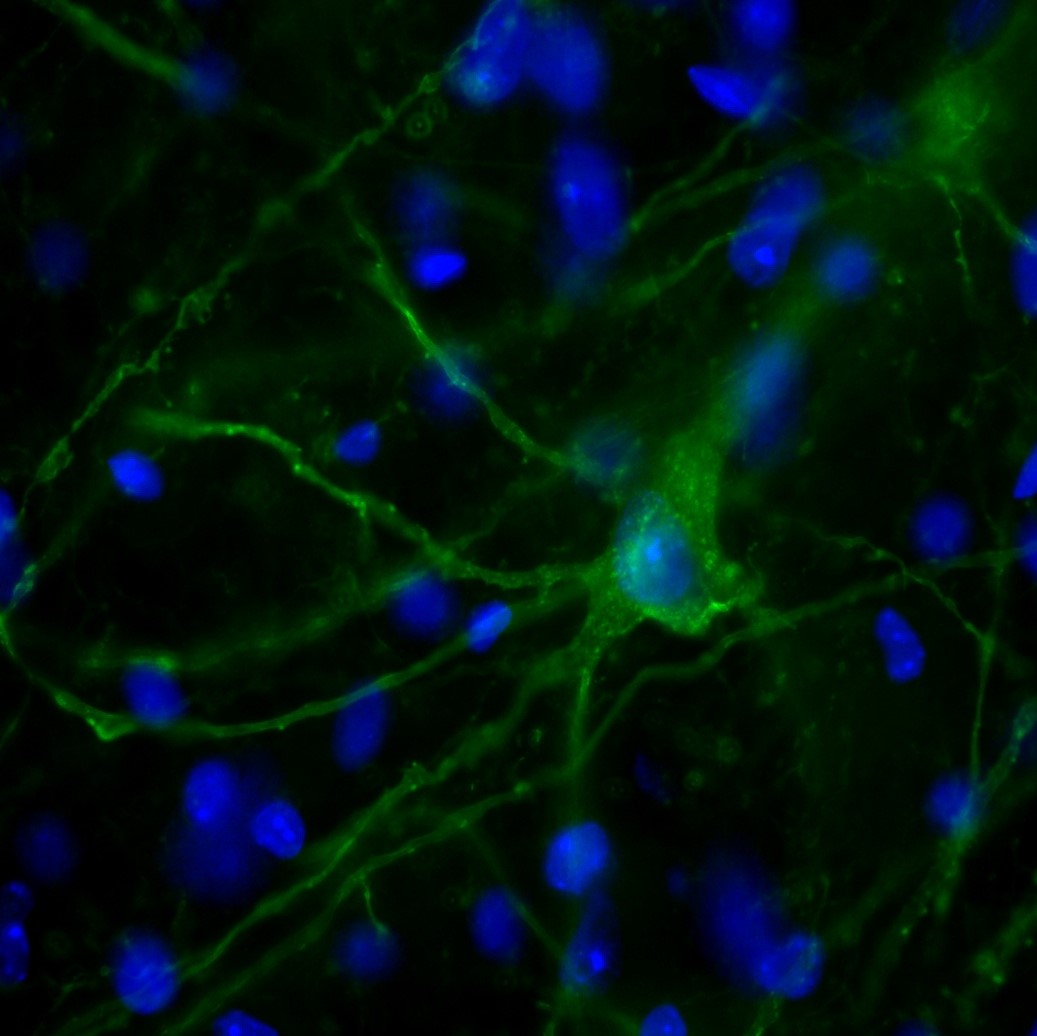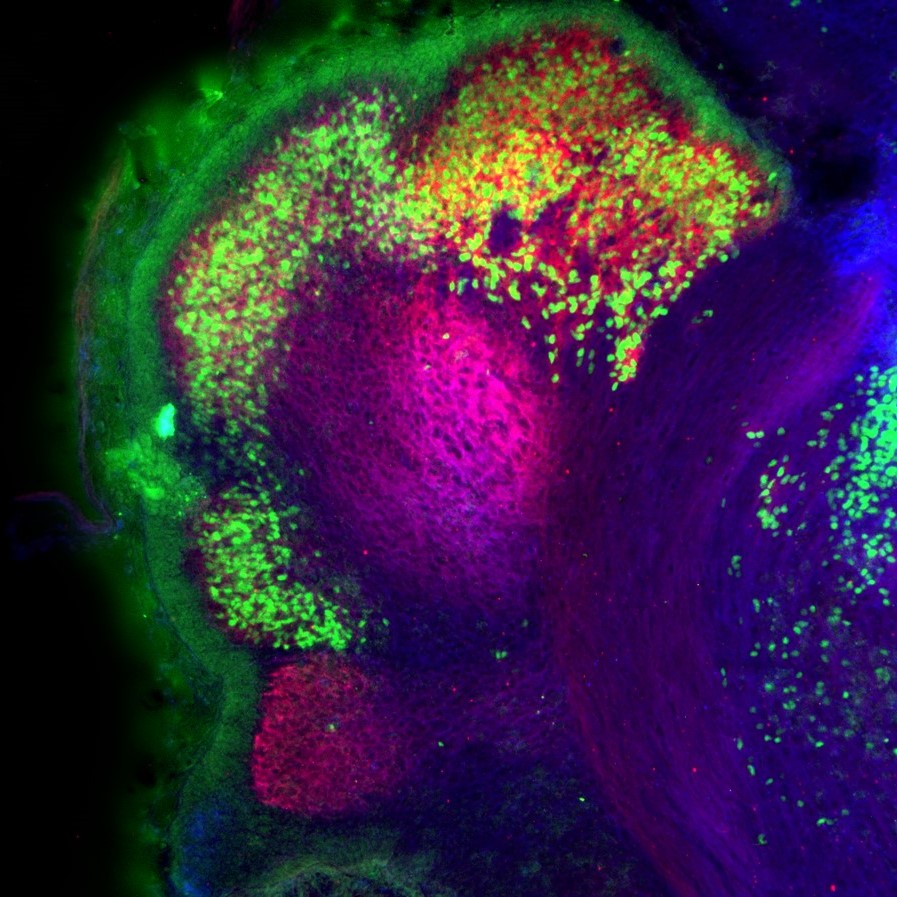Striatal Neurons of a Parkinson’s disease model
See the most-shared articles published in May and June 2021.
An image of cortical neurons in the mouse model of Alzheimer’s disease.
See the most-shared articles published in March and April 2021.
Learn how and why eNeuro became a venue to publish and share Open-Source Tools and Methods papers.
A confocal image showing a neuron, likely a fusiform cell, at the dorsal cochlear nucleus of a coronal slice from a mouse expressing CaMKIIα-ChR2-eYFP along its somatic membrane and dendrites.
See the most-shared articles published in January and February 2021.
Read a collection of responses from authors about using estimation statistics in their analyses.
Purkinje cell clusters in the mouse cerebellum at embryonic day 17.5.
See the most-shared articles published in November and December 2020.
FOLLOW US
TAGS
CATEGORIES








 RSS Feed
RSS Feed




